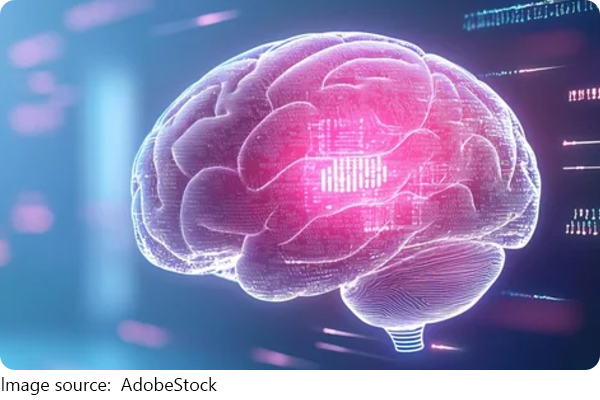Brain Zaps: Must Know!

Brain zaps, sudden jolts or electric shock-like sensations, are a common but under-recognized withdrawal symptom, especially when stopping antidepressants.
Despite being widely reported, these sensory disturbances remain poorly understood within medical research.
Understanding Brain Zaps
Brain zaps manifest as brief, shock-like sensations in the head that can occur unexpectedly or be triggered by movements such as eye shifts or head turns. Alongside the physical jolt, individuals may experience accompanying symptoms such as dizziness, disorientation, or a buzzing sound. Importantly, brain zaps are not seizures but represent sensory disruptions related to neurochemical changes within the brain.
These effects are most commonly observed during the withdrawal phase of selective serotonin reuptake inhibitors (SSRIs) and other antidepressants. The abrupt reduction or cessation of these drugs disrupts the balance of neurotransmitters — primarily serotonin — which is believed to underlie the development of brain zaps.
Pathophysiology and Triggers
Although the precise mechanism behind brain zaps remains elusive, prevailing hypotheses suggest that sudden changes in serotonin levels interfere with normal neuronal signaling. This disruption may cause aberrant electrical discharges, perceived subjectively as electrical zaps.
Common triggers identified include rapid eye movement side to side, changes in head position, stress, fatigue, and illness. Some patients also report auditory phenomena like swooshing or ringing sounds contemporaneous with the zaps. Notably, the intensity and frequency of brain zaps vary widely, sometimes persisting for weeks or longer.
Dr. Mark Olfson, an addiction psychiatrist, notes, "Brain zaps are felt as an electric shock inside the brain and often resolve within a month for the majority of patients." He emphasizes the importance of gradual tapering of antidepressants rather than abrupt cessation to mitigate these symptoms.
Dr. Guy M. Goodwin, a renowned psychiatrist and researcher, have highlighted in various studies that brain zaps are an often-overlooked symptom of antidepressant withdrawal. They emphasize the importance of clinicians recognizing these symptoms and advocating for a gradual tapering of medication to improve patient outcomes during discontinuation.
Management and Coping Strategies
Currently, no definitive treatment exists specifically for brain zaps. The most effective strategy to minimize their occurrence is a gradual tapering of antidepressants under medical supervision to slowly adjust neurotransmitter dynamics. Abrupt discontinuation is strongly discouraged due to the high risk of withdrawal symptoms including brain zaps.
Supportive care measures include ensuring adequate sleep, reducing stress, and engaging in physical activity to improve overall well-being during withdrawal. Some patients find cognitive-behavioral therapy beneficial when tapering off medication to manage anxiety and other psychological symptoms associated with discontinuation.
Supplements and alternative remedies lack consistent evidence, and any such interventions should only be considered after consulting with healthcare providers due to possible drug interactions or side effects.

The Importance of Medical Supervision
Given the complexity and variability of withdrawal symptoms, including brain zaps, it is critical that patients discontinue antidepressants only with professional guidance. Medical oversight allows for a customized tapering schedule and timely intervention if symptoms become intolerable or persistent.
Brain zaps represent a distinctive and often distressing withdrawal symptom linked primarily to antidepressant cessation. Characterized by brief shock-like sensations in the brain and associated neurological effects, they reflect underlying disruptions in neurotransmitter signaling. Although self-limiting for most, brain zaps require recognition by healthcare practitioners to manage withdrawal carefully and compassionately.
Progressive tapering of antidepressants remains the cornerstone of prevention, supplemented by supportive strategies tailored to individual patient needs. Continued research is essential to fully elucidate the neurobiology of brain zaps and develop targeted therapies to alleviate this hidden withdrawal symptom.
-
 Light Secrets for PhotosStop Using Filters: How Natural Light Can Elevate Every Shot Instantly
Light Secrets for PhotosStop Using Filters: How Natural Light Can Elevate Every Shot Instantly -
 Long Volatility StrategyVolatility Trading: The Counter-Intuitive Strategy That Thrives When Everything Else Fails!
Long Volatility StrategyVolatility Trading: The Counter-Intuitive Strategy That Thrives When Everything Else Fails! -
 K-Serums Edition!Skin Woes Or Skin Wins? These 4 K-Serums Might Be The Secret Your Routine Needs Right Now!
K-Serums Edition!Skin Woes Or Skin Wins? These 4 K-Serums Might Be The Secret Your Routine Needs Right Now!